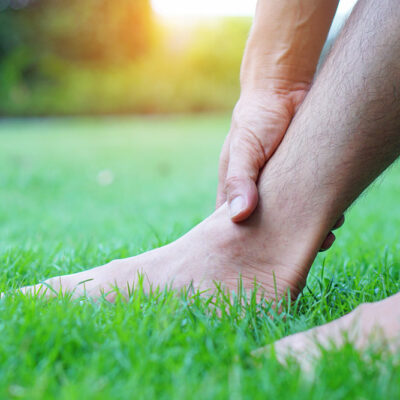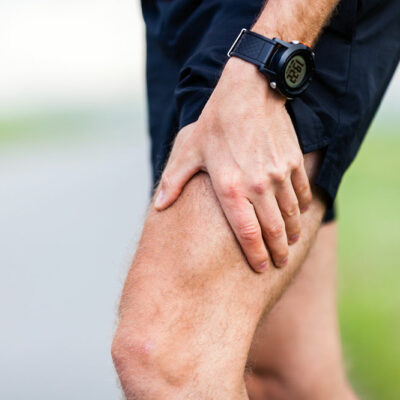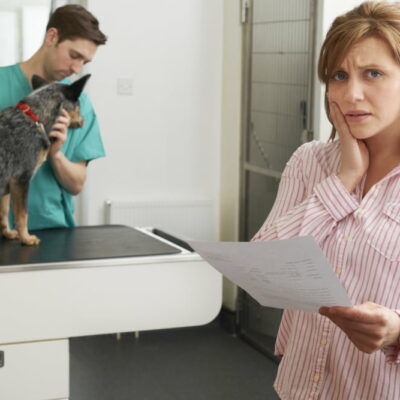
Symptoms and diagnosis of Duchenne muscular dystrophy
Duchenne muscular dystrophy, or DMD, is a rare, progressive genetic disorder that affects the muscles, primarily in males. DMD is characterized by the weakening and degeneration of muscle tissue, leading to significant mobility issues and, in many cases, a shortened lifespan. While a cure for the condition is yet to be determined, ongoing research seeks to improve management and treatment options. Find below the signs of DMD and ways to diagnose the disease. Signs and symptoms DMD is a condition that typically presents early in childhood. The signs and symptoms of DMD may vary in severity but generally become more pronounced as the child grows older. Some common indicators include: Muscle weakness One of the earliest signs is weakness in the muscles of the pelvis and upper legs. Children with DMD may struggle to get up from the floor or climb stairs. Delayed motor milestones Affected children often experience delays in reaching motor milestones, like sitting up, crawling, and walking. Some may never achieve independent walking. Waddling gait As the disease progresses, the weakening of leg muscles causes a waddling gait that makes walking more challenging. Frequent falls Children with DMD may experience frequent falls due to muscle weakness, making activities that require balance and coordination difficult.
Read Article 









